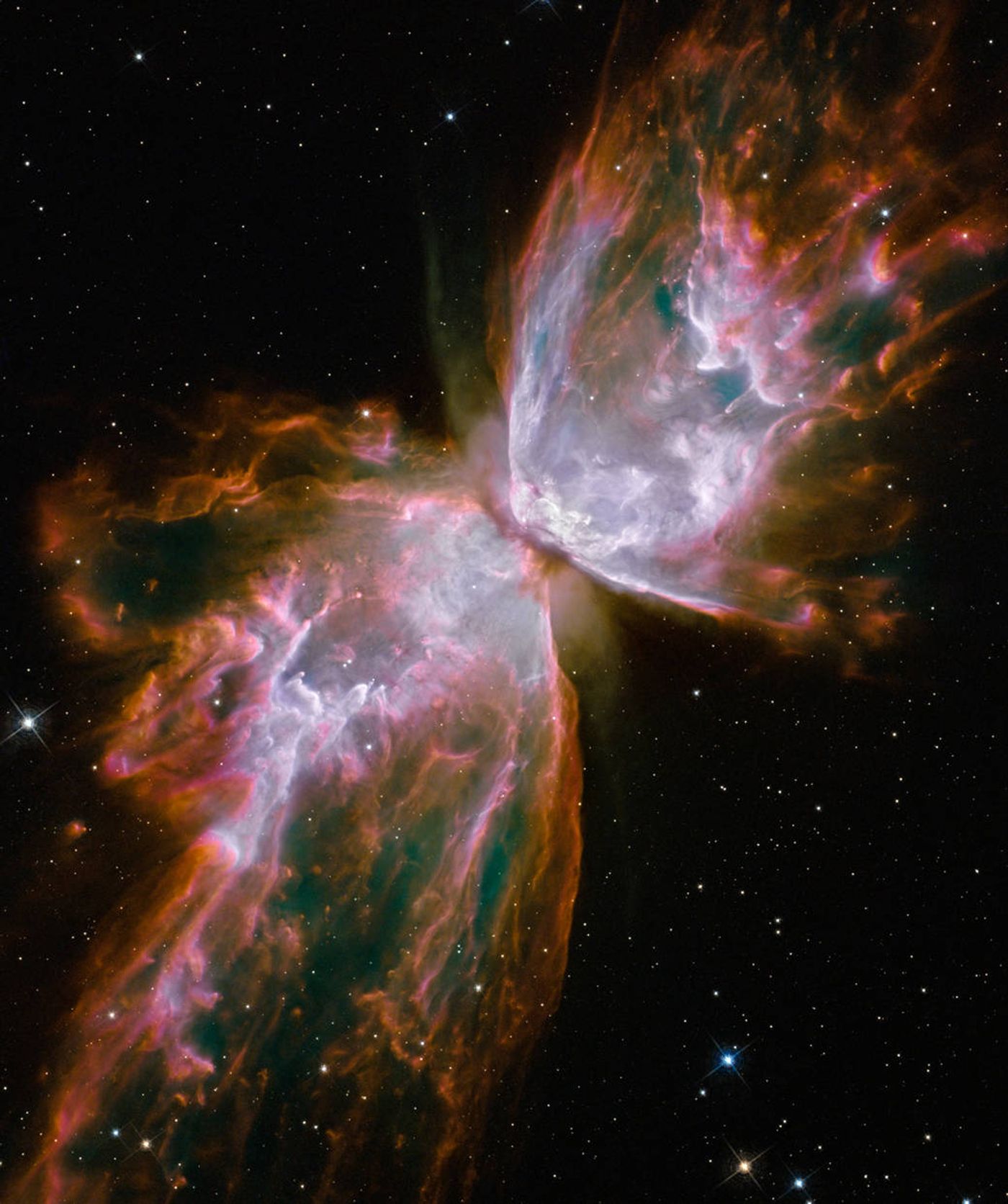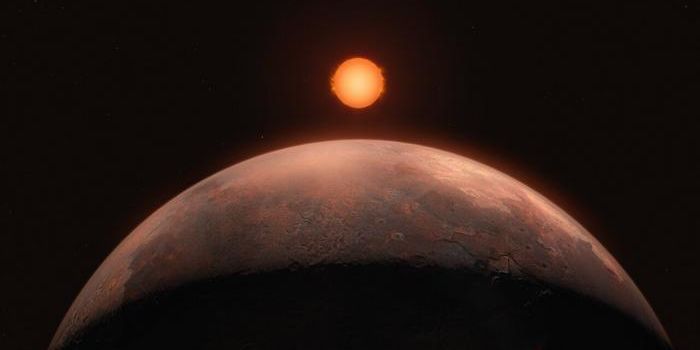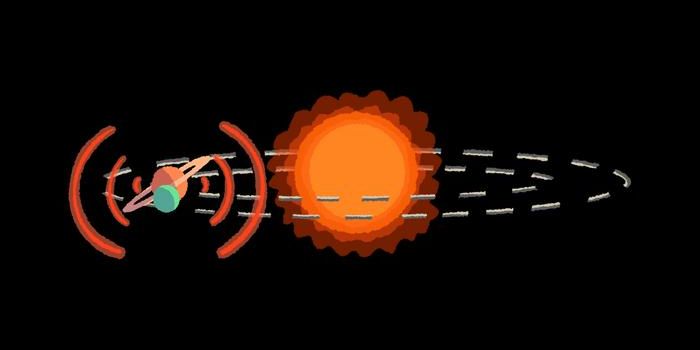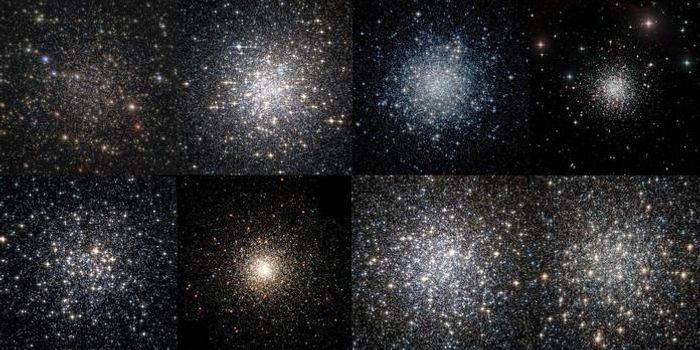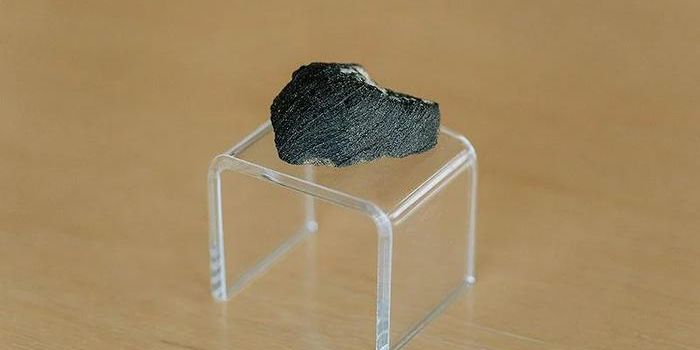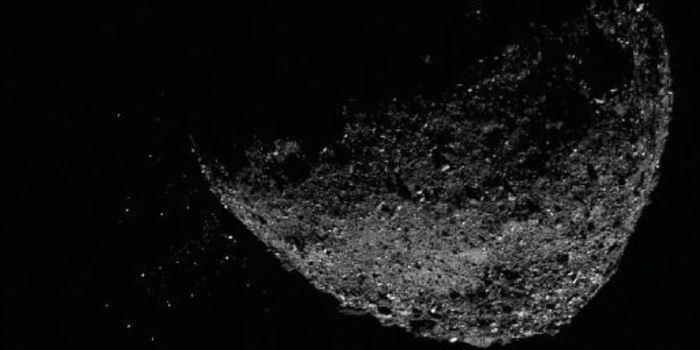Understanding the Complicated Relationship Between the Butterfly Nebula and its Wings
Credit: NASA/ESA/Hubble
Studying astronomical objects is like peering through a window of time, where astronomers can study the universe’s history to learn more about how we got here and where we might be going. In the case of planetary nebulae, astronomers can learn more about the formation and evolution of stars since nebulae are the final stages of a star’s long life. Essentially, they are witnessing the death of a star while learning how it might bring about new life.
Both quicker—violent—star deaths and slower ones result in similar circular-shaped supernovae. However, the universe enjoys deceiving scientists all the time.
A group of international astronomers led by the University of Washington (UW) figured out some new tricks from the universe, and presented their data at the 241st meeting of the American Astronomical Society in Seattle. They examined the astrophysical processes of how one of the most awe-inspiring spectacles in the night sky came to be, the Butterfly Nebula, and discovered some peculiarities.
What makes the Butterfly Nebula so unique is its unusual shape. While most nebulas are circular, the Butterfly Nebula has nebular lobes, or “wings,” that have been growing over time. However, images from the Hubble Space Telescope in 2009 and 2020 demonstrate there might be a more complicated relationship between this well-known nebula and its wings than previously thought.
“The Butterfly Nebula is extreme for the mass, speed and complexity of its ejections from its central star, whose temperature is more than 200 times hotter than the sun yet is just slightly larger than the Earth,” says Dr. Bruce Balick, project lead and UW Professor Emeritus of Astronomy. He added, “I’ve been comparing Hubble images for years and I’ve never seen anything quite like it.”
For the study, the team compared high-resolution images from Hubble taken in 2009 and 2020 to document changes in the nebula’s wings, such as growth patterns and speeds.
This was how Lars Borchert, a graduate student at Aarhus University in Denmark and who conducted most of the analysis, observed a half-dozen “jets” that were pushing material away in a series of asymmetrical outflows. Material residing in the outer portions of the nebula was moving at approximately 500 miles per second while material residing in the inner portions of the nebula was at approximately 50 miles per second. These two vastly varying speeds, coupled with the jets crossing one another, resulted in growth patterns and “messy” structures within the wings.
Since the star at the nebula’s center is shrouded in debris and dust, Dr. Balick said the reasons behind this changing dynamic aren’t easy to explain using current planetary nebulae models.
“At this point, these are all just hypotheses,” Dr. Balick said. “What this shows us is that we don’t fully understand the full range of shaping processes at work when planetary nebulae form.” The team’s next step is to use the James Webb Space Telescope to image the nebular center using, since infrared light from the star can penetrate through the dust.”
Sources: GPNS, 241st meeting of the American Astronomical Society, EurekAlert!
As always, keep doing science & keep looking up!
